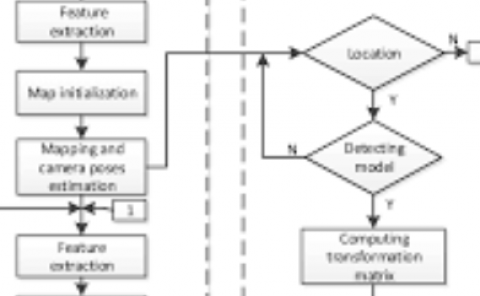A Multiplex-Multicast Approach for VR Applications
Note: We don't have the ability to review paper
PubDate: Seg 2022
Teams: University of Montenegro
Writers: Ugljesa Urosevic
PDF: A Multiplex-Multicast Approach for VR Applications
Abstract
In this article, a novel multiplex-multicast approach for virtual reality (VR) applications is proposed. High data rate and low latency are some of the key requirements for these services. Thus, new spatial multiplexing, for increasing overall spectral efficiency, is performed between one gateway (GW) and predefined VR relaying devices (VR-RDs) that act as relays toward other VR devices (VR-D) in a certain cluster. At the first hop, the novel, full-rate, quasi-orthogonal space–time line code (QOSTLC) multiplexing is implemented, while, at the second hop, the multicast channels are performed through a well-known full-rate QOST block code (QOSTBC). Furthermore, in order to facilitate utilization of this dual-hop, downlink, transmission scheme for VR services, it was necessary to deploy low-complexity processing at VR-RDs. Decoding and full-channel state information (CSI) obtaining can affect the processing delay, thus, there is no decoding at VR-RDs, and they do not need full CSI, either for receiving or transmitting. Besides achieving these features, the novel processing at VR-RDs emulates full-orthogonality within the new multiplexing scheme. VR-RDs are equipped with four antennas, while the number of transmitting and receiving antennas at the GW and VR-Ds can be arbitrary. The simulated bit error rate (BER) results are presented for the different simulation parameters.


